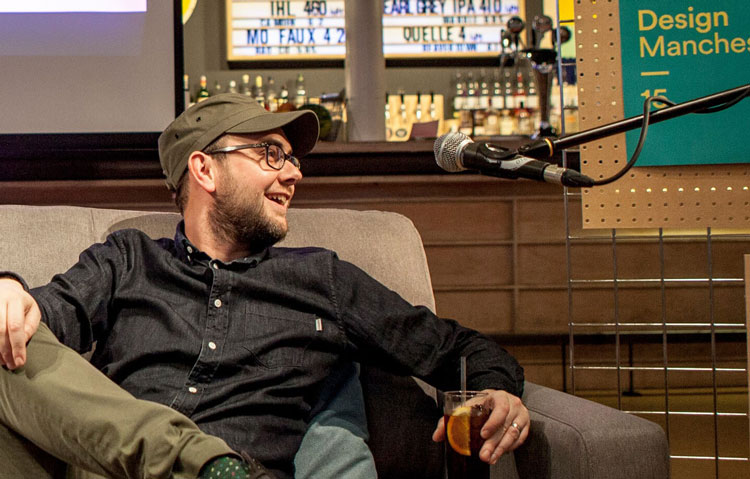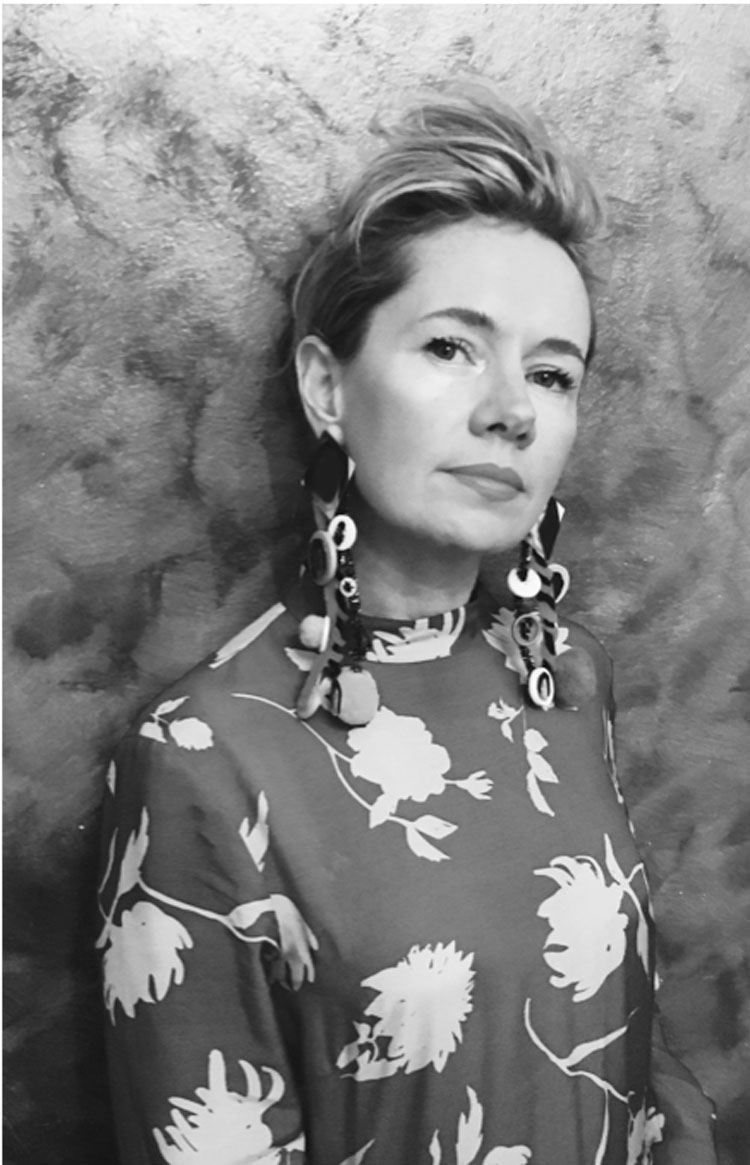Designers share their resolutions: It’s a year for “direct action”
We asked designers what they are resolving to do differently this year and they showed us how the political disorder and climate crisis of 2019 will inform their work in a big way in 2020.

“The aim is to continue working on the development of alternative horizontal approaches, ideas and engagements, along with illuminating the voices of underserved groups (those who experience/use designed outputs and intersectional practitioners); 2020 will be a continuation of developing and implementing inclusive design offerings, building on my previous design research, within the museum sector. Exploring new ways to facilitate convergence across the heritage and design research sectors will be key to contributing to an inclusive creative economy and exchange system where the needs and values of all can be reflected in the offerings/engagements people see, experience and access/use.”

“We brought Extinction Rebellion’s Clive Russell and Charlie Waterhouse to Design Manchester for three days late last year and I’ve never seen an impact like it among designers in terms of inspiration but also practical action in our workshops. This year designers can build upon the public’s reaction to the climate with direct action, we have the power to change opinions and inform now more than ever.
Expect to see roundtables and workshops from ourselves along with the Design Council, RIBA and other organisations on tackling these issues. This can be a year of real action.”

“My personal resolutions are often out of the door by mid-February but thankfully at TM we’ve got a long tradition of making positive changes. Thinking about resolutions designers might make for 2020, these points from our 2006 mini-manual Ten Ways Design Can Fight Climate Change still seem as relevant now as then.
- Re-think – asking uncomfortable questions of yourself and others.
- Save energy – reducing carbon emissions: yourself, your studio, your suppliers, and beyond.
- Share new ideas – working inclusively across disciplines to find new solutions.
- Design to last – making informed design decisions about processes, product and end-of-life.
- Inspire and have fun – brightening up these dark days.”

“Our responsibility to the environment will continue to be front of mind. We’re urgently helping our retail clients achieve plastic free packaging commitments and we hope this will be the year to reach that goal.
We’ll also be carrying on the campaign to get more art education into our schools. Our industry needs those future skills of invention, creative problem solving and self-expression. A lot of designers visit higher education colleges to inspire students – please go visit secondary and primary schools too.
Other Together Design 2020 resolutions are, in no particular order; launch a new website, more learning and development, be positive and get out more to talk and mentor. It’s going to be a busy year!”

“New Year is always a time when I start to think about what I want to learn over the next year. And for 2020 I’m really excited about some of the learning opportunities that I think will come from the changing world of brand identity, learning opportunities for me and for Coley Porter Bell as a business.
We believe we are heading into a new era of immersive brands. And we want to create brands that are fit for that. Technology is pushing the frontiers of identity creation, not only demanding designers to create identity systems that go beyond experience, visual, motion and even voice principles; but to go even further into areas like haptics and sound palettes, creating deep and rich, connected identities that can reach every corner of the brand’s world. Technology is also opening up new opportunities for brand governance and guidance – from the use of AI to review executions, to the development of guideline chatbots. For us this means developing new skillsets, bringing in new talent and reaching across the WPP network and beyond to partner – above all it means us all learning new things. Exciting times.”

“Einstein said “We can’t solve problems by using the same kind of thinking we used when we created them”. As a new decade dawns, we need to develop our ways of thinking in order to craft the most effective solutions, services and experiences to best address today’s issue and tomorrow’s opportunities. The world has never felt more fragile but we have the opportunity as creatives to effect change – design is a powerful social tool that influences everyone on the planet. If we want to move towards a more sustainable model then we need to shift our thinking and change cultural conventions around values in order to redesign the systems of production to make sustainable consumption easy. Companies are already using design as a positive force – they’ve heard the demand from consumers to make products that don’t damage the planet and are upskilling their teams, drawing from the rich pools of young creative talent who dare to do things differently. And bring beauty back! That’s the goal – make conscientious consumption desirable.”

“2020’s emphasis for design should lay on interacting with the current political and environmental global crisis. We need to shape dispersed information into public understanding, unveiling the invisible links between abstract processes like manufacturing, consumption and politics, and the Earth’s natural cycles. We are intrinsically connected to our Earth and the way we are currently living is putting a huge stress on it. The simple example here is the widespread leakage of petroleum plastic particles into our environment. To tackle issues like this we need a fundamental overhaul in how we are viewing our planet’s resources and systems.
Personally, I plan to carry these thoughts into continuing my work with the Bio Iridescent Sequin in 2020. I look forward to getting more people to a point of seeing the possibilities of a colour revolution in the manufacturing landscape. And within this, I would love to see a shift away from our everyday dependence on petroleum!”
What are you resolving to do differently in 2020? Let us know in the comments below.
-
Post a comment





